Reading Time: 6 minutesBeneath the shimmering surface of the ocean lies a world like no other. I’m talking about reefs. For countless generations, all around the world, these underwater metropolises have drawn plenty of people in. Not just for their beauty, but for the bountiful reef fishing opportunities they provide.
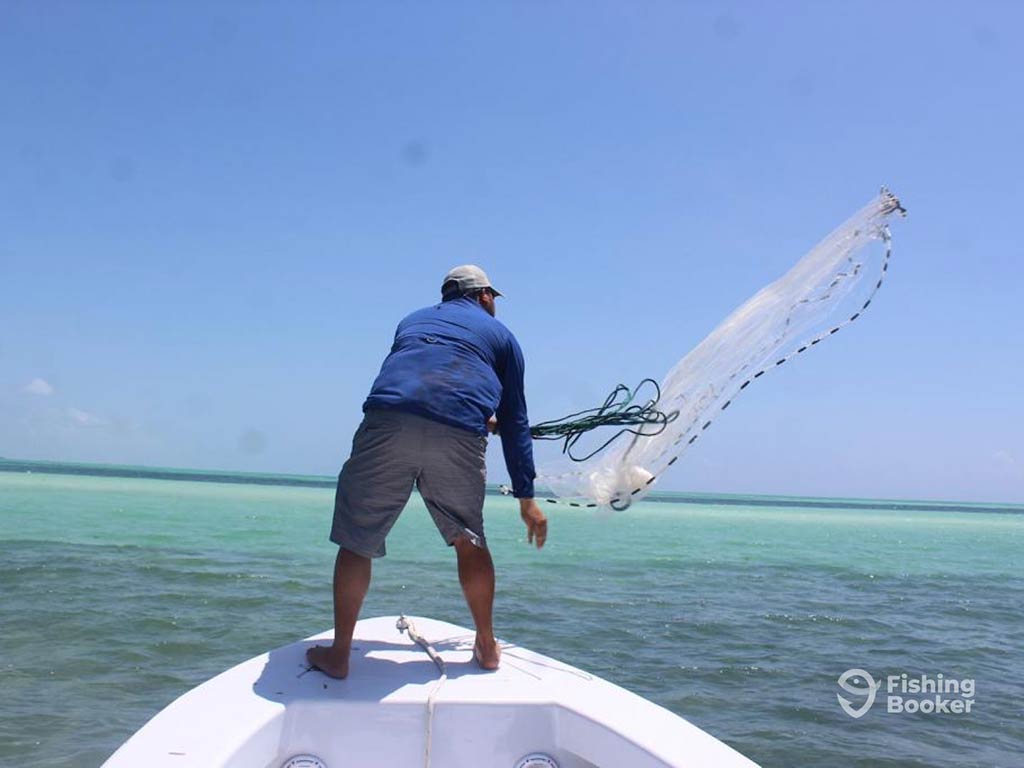
Photo courtesy of In 2 Deep Charters BelizeIt’s no secret that reef fishing provides many rewarding and exciting benefits. It helps feed families, provides work and tourism opportunities, and offers anglers excellent fishing. In this article, I’ll delve into the captivating realm of reef fishing, exploring its background, the best techniques to land fish, and the enduring allure that continues to captivate anglers worldwide. Let’s dive in!
What is reef fishing?
If you’re new to offshore or saltwater fishing, you might be wondering: what exactly is reef fishing? This fishing method involves angling around coral reefs, which are renowned as some of the most biodiverse ecosystems in the marine world.
These vibrant underwater habitats are found in over 100 countries, covering a range of over 30,800 square miles. It’s no wonder that reef fishing is such a popular experience—it offers you the chance to be immersed in crystal-clear waters and encounter an array of tropical and colorful species.
However, as exciting as reef fishing may be, it’s crucial to approach it with a mindset of conservation. The delicate balance of biodiversity within coral reefs needs to be safeguarded in order to prevent irreparable damage. Most reefs are protected, so anglers must show respect. It’s important to practice sustainable fishing not only for ecological benefits, but also to avoid fines.
Why go reef fishing?
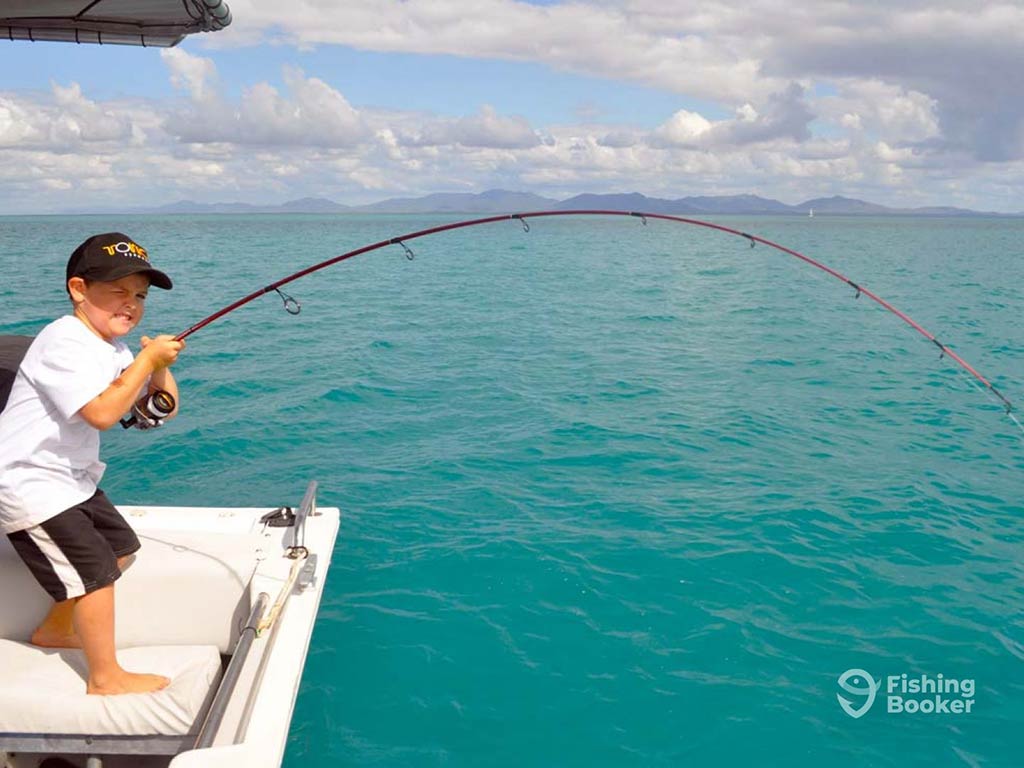
Photo courtesy of Reel Addiction Sport Fishing ChartersThere are numerous reasons to try your hand at reef fishing. For one, you get to immerse yourself in an extraordinary world like no other. Exploring these ecosystems often reveals a treasure trove of new species for you to discover, along with opportunities to reel in prized catches. Additionally, reef fishing boasts consistently high productivity, thanks to the abundant populations that inhabit these vibrant ecosystems.
Whether you’re angling for fun or contributing to the livelihood of coastal communities as a commercial fisherman, reef fishing ensures good results with each outing. And that’s before we mention the relaxation and profound connection to nature that accompanies it! That’s the icing on the cake.
Furthermore, engaging in reef fishing helps support local economies by providing employment opportunities, especially for guides, and bolstering the tourism industry. Sustainable fishing also contributes to the preservation of these delicate ecosystems, ensuring they thrive for generations to come.
Ultimately, whether you seek adventure, nourishment, or a deeper connection with nature, reef fishing offers an enriching experience for all who venture into its depths.
Typical Reef Fishing Species
I mentioned that the marine life is diverse in the reefs. And with over 100 countries boasting their own reef systems, the list of species you can catch is virtually endless. Whether you’re exploring shallow reefs or delving into deeper waters, each reef will harbor unique inhabitants.

Photo courtesy of Ferg’s Guide Service - OffshoreThe coral serves as the ecosystem’s lifeline, offering vital resources such as food, shelter, oxygen, and protection. In every corner of the reef, small species and bait fish dart amongst the cracks and crevices, contributing to its vibrant biodiversity.
Among the colorful array of reef residents, you could find Parrotfish, Snapper, Angelfish, Wrasses, Triggerfish, Clownfish, and plenty more. Each species plays a vital role in the intricate web of reef life. As you venture deeper, larger predators make their presence known. From tough Groupers, large Snapper, and Mahi Mahi to graceful Rays, and reef Sharks, there’s no end to what you can find.
Each species has unique characteristics that fascinate anglers. Many have sharp teeth, helping them rip apart prey. Spiky fins also help to assert dominance in these habitats. Additionally, numerous species possess remarkable camouflaging abilities and intricate patterns, distinguishing them from others and offering protection against predators.
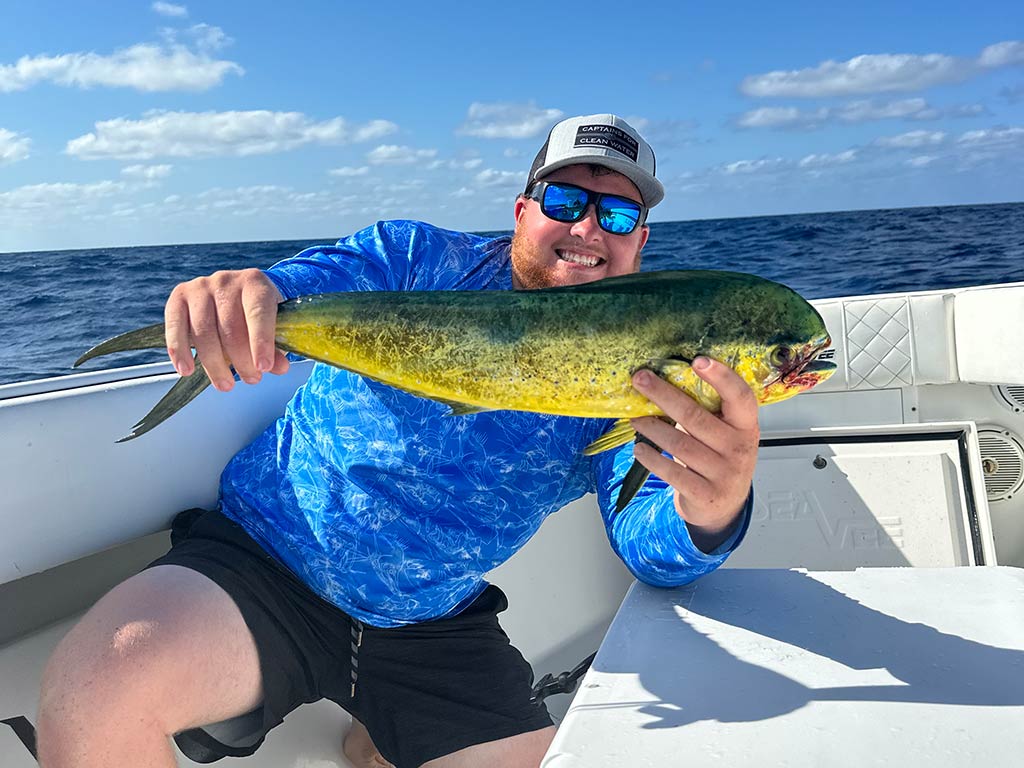
Photo courtesy of Caitlyn GatrellWhat’s more, each reef holds its own roster of species. The species you’ll encounter will vary depending on the reef you visit. Among the most renowned reefs worldwide are Florida’s impressive 350-mile-long reef, the spectacular Belize Barrier Reef, the Malta Reef nestled in the Mediterranean Sea, and the iconic Great Barrier Reef in Australia. These well-known spots offer exceptional fishing opportunities but are just a glimpse into the vast array of reefs across the globe.
Reef fishing promises a memorable journey, where small and large species coexist to create a beautiful, diverse ecosystem.
How to Go Reef Fishing
As you venture into reef fishing, it’s important to choose the appropriate tackle and equipment for the task. Using heavy rods and reels is essential to fight against tough species. A heavy line and leader, as well as sturdy hooks, are also key to prevent breakage from sharp teeth and structure.
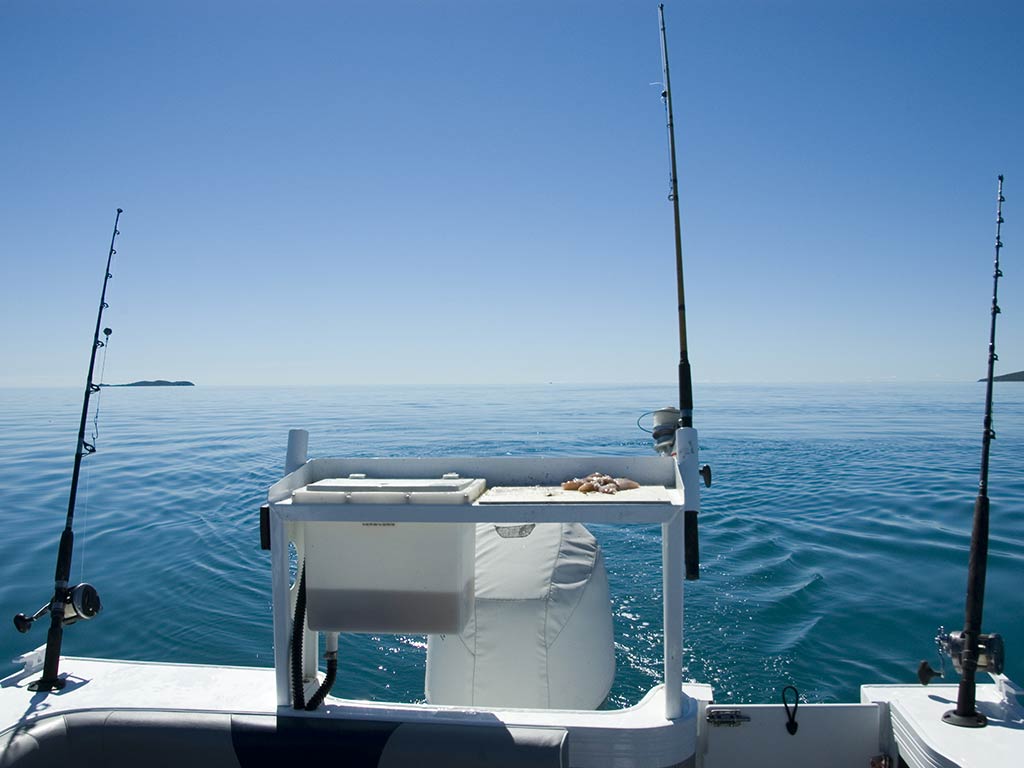
As for bait, live bait such as shrimp, squid, pilchards, crabs, and ballyhoo are highly effective in enticing reef predators. Additionally, artificial lures like jigs, spoons, and soft plastics mimic the movement of natural prey, making them irresistible to hungry fish along the reefs.
One of the most popular approaches consists of free-lining live bait. Adding sinkers helps ensure the bait reaches the desired depth, as many reefs lie several feet below the surface. Sinkers also help keep the bait in place when strong currents are present. Jigging is another popular method, employing flashy jigs that move, shine, and rattle to attract nearby fish. This technique captures the predatory instincts of reef inhabitants, enticing them to strike.
Additionally, trolling offers the benefit of covering more ground quickly. You can deploy both live bait or artificial lures, drawing the attention of larger pelagic species that patrol the reef’s edges. By trolling, you can target a wide range of species while exploring the different depths of the reef.
Another thing to keep in mind when reef fishing is the weather. As most reefs are a few miles out, you’ll be in offshore conditions where the weather can get rough. It’s key to go out on a calm and sunny day when the wind and wave chop are low. This also helps prevent motion sickness.
If you stick to everything I’ve mentioned above, you’re sure to have a good experience reef fishing!
Reef Fishing Regulations
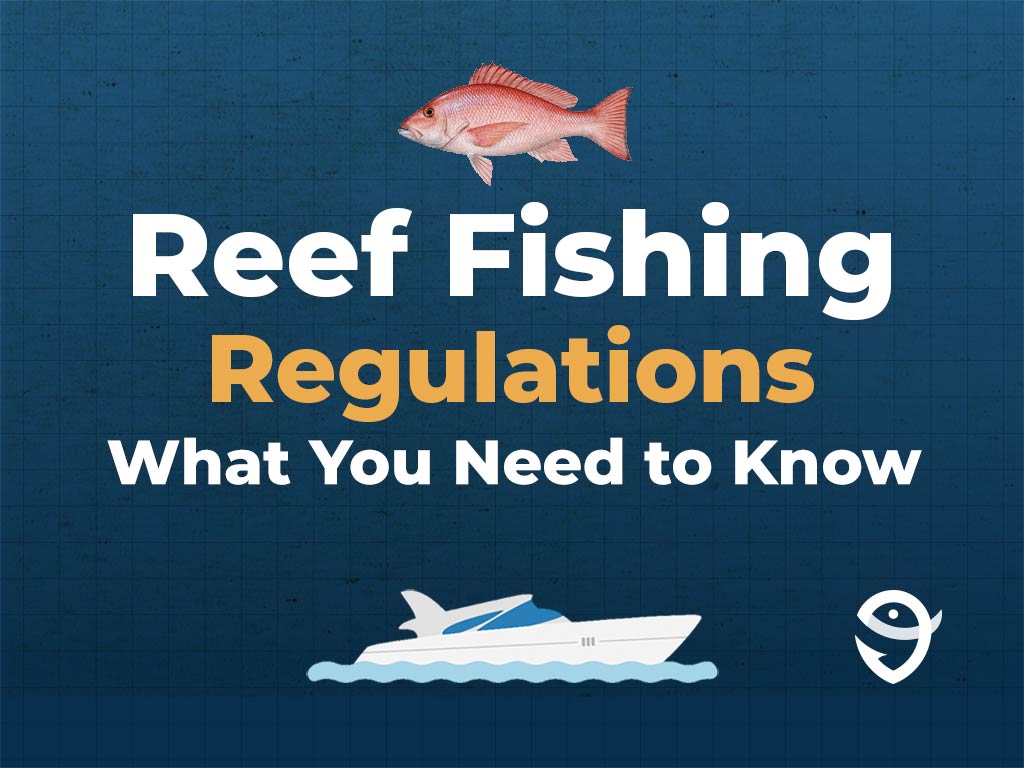
Regulations play a crucial role in preserving marine ecosystems and ensuring sustainable practices for future generations of anglers. These regulations vary depending on the location and species, but there are a few similar factors. Common regulations include size limits to protect juvenile fish and ensure reproductive success, bag limits to prevent overfishing and maintain healthy populations, and seasonal closures during critical breeding periods.
Some areas implement protected zones to protect vulnerable habitats and sensitive species. At the same time, a valid fishing license in the area you’re fishing in is almost always required. Compliance with these rules is vital for responsible reef fishing. That way, you’ll help conserve biodiversity, maintain the health of the ecosystem, and protect the fishery long-term.
Reef Fishing: An Adventure Awaits

Photo courtesy of Costa del Sol SportfishingReef fishing is not just a hobby, it’s a gateway to an enchanting world teeming with life and adventure. As you cast your line into the crystal-clear waters, you’ll embark on a journey of discovery where you can encounter a diverse array of marine species and possibly bring home some dinner.
Beyond the thrill of the catch, reef fishing fosters a deep connection to nature and creates an appreciation for marine life. The next time you feel the call of the sea, grab a rod and let the wonders of reef fishing unfold before you! Tight lines!
Are you a keen reef angler? What’s biting where you are? We’d love to hear from you in the comments below!
The post Reef Fishing: A Beginner’s Guide appeared first on FishingBooker Blog.
https://fishingbooker.com/blog/reef-fishing/
 CampingSurvivalistHuntingFishingExploringHikingPrivacy PolicyTerms And Conditions
CampingSurvivalistHuntingFishingExploringHikingPrivacy PolicyTerms And Conditions
